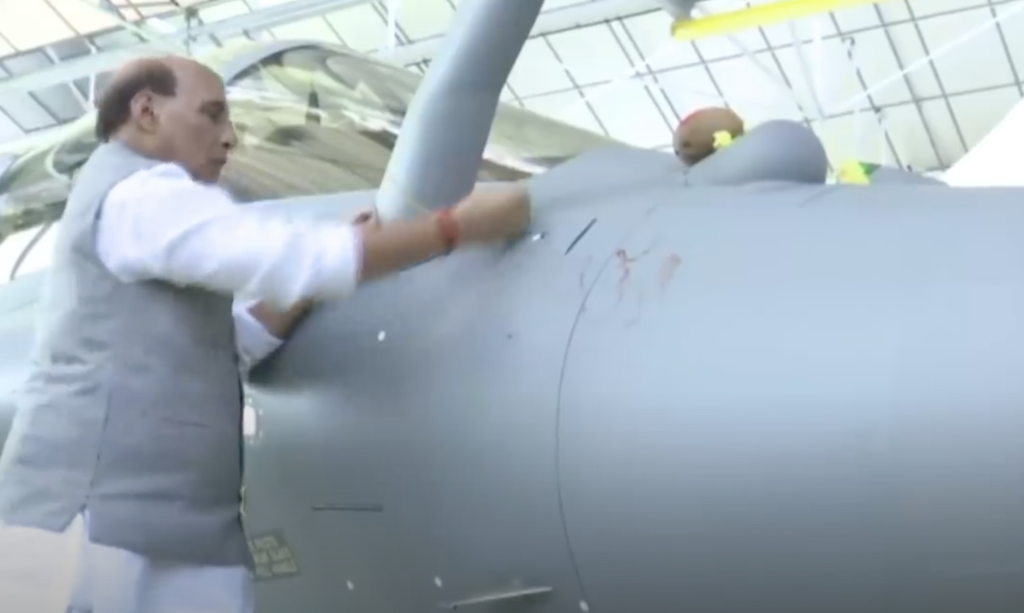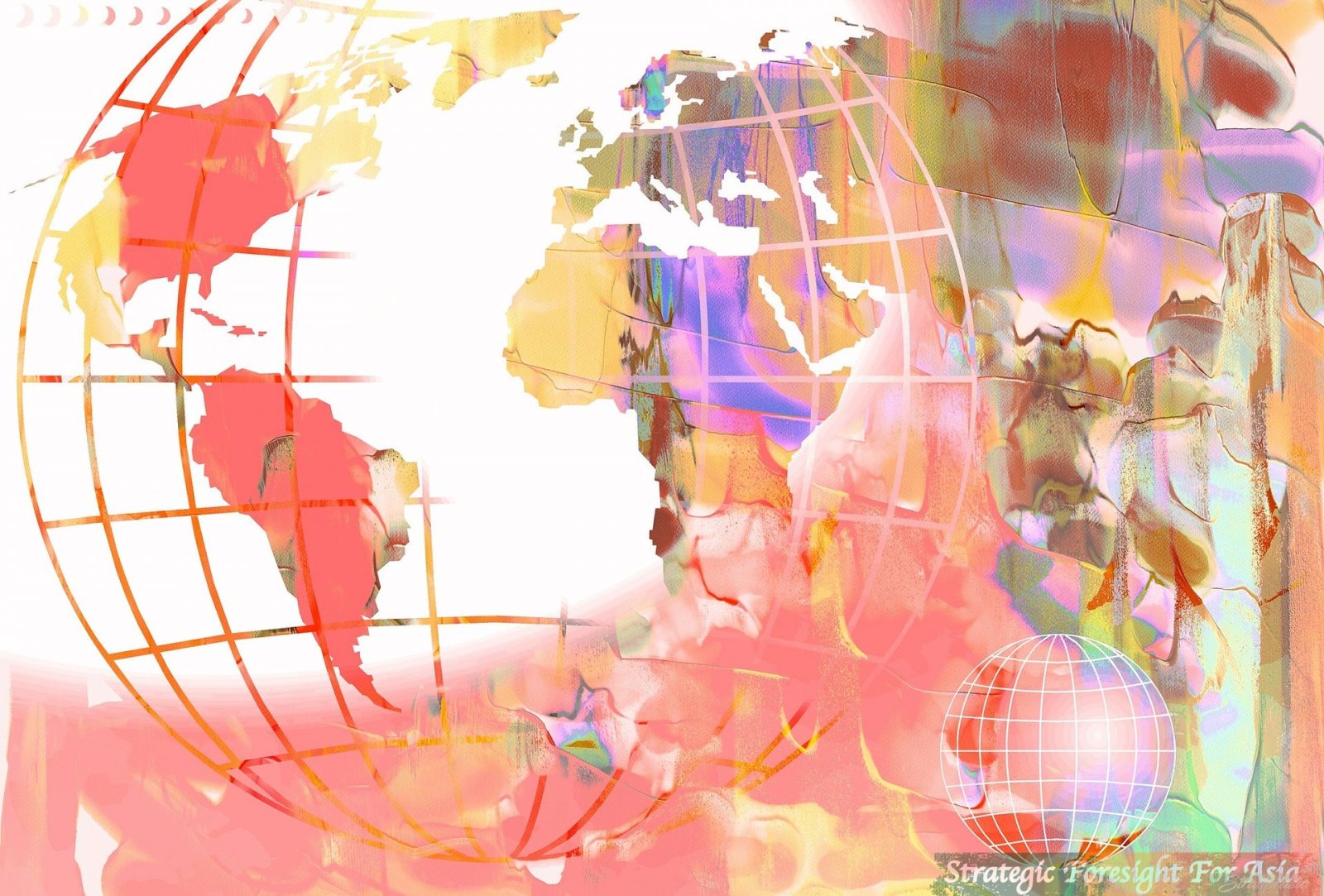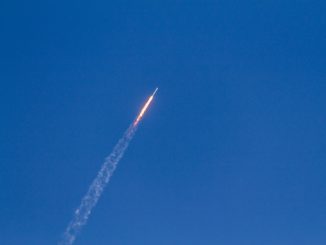
The realist school of thought considers international system as anarchic in nature and structured around self-interest of states. The increase in power of one state is usually perceived as a threat by another state thus generating a response. Repetition of this state behavior leads to a spiral effect which was termed as security dilemma by Robert Jervis in 1951. Jervis has defined security dilemma as, “a structural notion in which the self-help attempts of states to look after their security needs tend, regardless of intention, to lead to raising insecurity for others as each interprets its own measures as defensive and measures of others as potentially threatening”. The concept envisions the perceptional variability of strategic stability with respect to the competing states, and henceforth explains the purpose of mutual power buildup which can either lead to economic exhaustion – thus forcing the exercising of arms control measures, or can volatile the regional strategic environment ultimately igniting conflict.
The concept was universally followed in Cold War literature to comprehend US-USSR hegemonic power struggle. Even today, it’s a valid concept for understanding the security dynamics of regions where the state borne power struggle is pre-dominantly prevalent, like the South Asia. The history of this region proves the existence of security dilemma, particularly between India and Pakistan, involving both nuclear and conventional axis. Within the conventional realm, the balance of air power has earned pivotal importance thus prompting both Indian Air Force (IAF) and Pakistan Air Force (PAF) to steadily upgrade the combat potential to sustain the conventional force balance in accordance with the state’s supreme interests.
The latest episode of this Indo-Pak security dilemma can be envisioned in the contemporary force modernization programs of IAF and PAF. On July 30, 2020, India received the first batch of five Dassault Rafale aircrafts. The batch delivery marked the initiation of physical realization of Indo-French agreement worth $8.85 billion for 36 aircrafts. These 36 rafale aircrafts, which will be delivered by mid-2022, are meant to equip two combat squadrons of IAF, i.e. one squadron in Haryana and other in West Bengal.
The current Rafale deal – which in turn is a byproduct of now scrapped “MMRCA” Make in India initiative for acquisition of 126 modern fighter aircrafts, has earned significant placement within Indian political, social, public and military apparatus. The enthusiasm, which can be reflected in the speeches of Prime Minister Narendra Modi, the statements made by IAF high command and the overwhelming Indian media coverage, has generated a national prestige which envisions Rafale aircraft as a game changer against India’s hostile neighbors. Even if we put recent Indo-China crisis axis aside, the Rafale aircrafts are pre-dominantly meant to occupy a pivotal position within IAF strategic framework to overcome the technological edge of the PAF.
The procurement of Rafale-F3R aircrafts will introduce nascent state of art capabilities to IAF. In simple categorization, four such capabilities can be highlighted. First; Thales RBE2-AESA which is the first combat operational Active Electronically Scanned Array (AESA) radar in IAF fighter aircrafts fleet and is generation ahead of existing legacy radars. Second; the integrated Spectra EW-ECM suite, which offers advance Electronic Warfare and Electronic Counter Measure prowess that outclasses other similar regional systems. Third; Meteor BVR missile, which utilizes ramjet propulsion and therefore offers longer engagement range and superior flight profile with greater No Escape Zone (NEZ) than legacy BVR missiles. And fourth; the Scalp ALCM (Air Launched Cruise Missile) exclusive for Rafales in IAF which will allow successful stand-off engagement of high value targets with precision using low-observable terrain-hugging flight profile. In a nut-shell, procurement of Rafale aircrafts will augment IAF prowess in electromagnetic and kinetic spectrum of warfare, and will grant qualitative edge over regional adversaries. However, IAF ability to formulate network centric warfare capability involving French and Russian assets will remain highly dubious.
The deliveries of Rafale aircraft have taken place at time when India is entangled in a historic security crisis with China after a military stand-off at Galwan valley, Hot Springs and Pangong lake. The crisis is primarily the derivative of India’s assertive move of changing the legal status of disputed Kashmir region, and the Indian participation in anti-China U.S. led Asia-Pacific Quad Alliance. In response, China has proactively activated its diplomatic, economic and military apparatus to nullify growing Indian influence in South Asian and Far-East Asian regions. The deepening Pak-China military co-operation has rapidly increased the likelihood of two front war – specifically in disputed Kashmir region – against India, and a realistic evaluation of entire situation suggests that the military capabilities New Delhi is building is not matching up with its political ambitions.
Furthermore, it can be argued that an abrupt Indo-China crisis has highlighted two major concerns regarding Rafale deal. First, despite spending massive capital in-terms of economics and time, IAF is getting only two squadrons of Rafale which are not sufficient to counter the risks associated with China and Pakistan; and second, the acquisition of Rafale aircrafts – albeit in limited numbers – has given incentive to PAF and PLAAF to further boast the multi-spectrum capabilities to retain the qualitative combat equilibrium. IAF simply do not have the economic spine and time window available to participate in a two-front arms race. Thus, the gap between the capability required and the capability available is likely to widen even further as far as IAF is concerned.
This is evident from IAF current force modernization route which includes Rafale order completion, 12 Su-30MKI attrition additions, 22 surplus Mig-29 and contract for 83 Tejas Mk-1A aircrafts. Even if all above-mentioned programs materialize, the IAF will have total of 30 combat squadrons by 2024 instead of required 42 squadrons. The primary reasons of this gap are the failure of MMRCA meant for 126 Rafale aircrafts and the delays in Tejas program.
The combat fleet of Pakistan Air Force is neither in obsoleteness crisis nor its following a numeric force expansionist policy. The success of JF-17 Thunder program has allowed PAF to replace a large portion of obsolete aircraft fleet. As far as sustaining qualitative advantage is concerned, Pakistan Air Force Chief has vowed to restore the regional military balance by placing necessary measures against India’s aggressive military procurements. The primary measures involve further expansion of AEWCS fleet, raising of additional ground based radar systems and the ramped up production of evolved blocks of JF-17 fighter aircraft. The possible procurement of ‘high end’ fighter aircraft with capabilities analogous to that of Rafale cannot be ruled out either. Provided that these plans are met within time schedule, PAF in near future will be operating higher number of AESA equipped fighter aircrafts which will be integrated with advance EW/ECM suite, armed with next generation armaments and will be further supplemented by a superior fleet of AEWCS. In brief, it can be argued that unlike the linear approach of IAF, PAF has already implemented a force modernization plan which is directed to enhance the multi-spectrum warfare capabilities at a more diverse scale.
Rafale aircraft, in a one on one comparison, are currently most superior fighter aircraft in South Asia. But the air combat does not involve one on one combat of fighter aircrafts. Instead, modern combat has evolved into a complex phenomenon where numerous combat and combat support assets operate in conjunction to achieve the requisite objective. Therefore, factors like the ability of assets to adhere within a battle-centric environment, the clever placement of assets in the network of combat, the employment of assets to the maximum capacity and a smart strategic planning and mission execution process play the centerline role in determination of combat prowess of armed forces. The lack of sufficient expertise regarding these factors cast doubts that IAF will not be able to synchronize all its assets within an adhered combat environment and hence will not be able to practicalize the advocated capabilities to the maximum.
In sum, the Indian Rafale deal and subsequent Pakistan’s buildup followed by deepening alliance between Beijing and Islamabad is an iconic example of states behavior advocated by security dilemma concept. The prospects of South Asian arms race are evident. However, the regional geopolitical dynamics have steered in a direction which is not favorable to Indian interests. Rafale and other weapons are mere tools meant to implement the state policies. The most crucial factor New Delhi needs to consider is to formulate realistic synchronization between its political ambitions and the net-military capabilities. An increment in Indian military capability will yield an analogous build up by Pakistan for retaining the regional balance of power. Without such balance, this region will be highly vulnerable to political miscalculations which can threaten the regional stability by igniting advertent or inadvertent conflict.




Be the first to comment